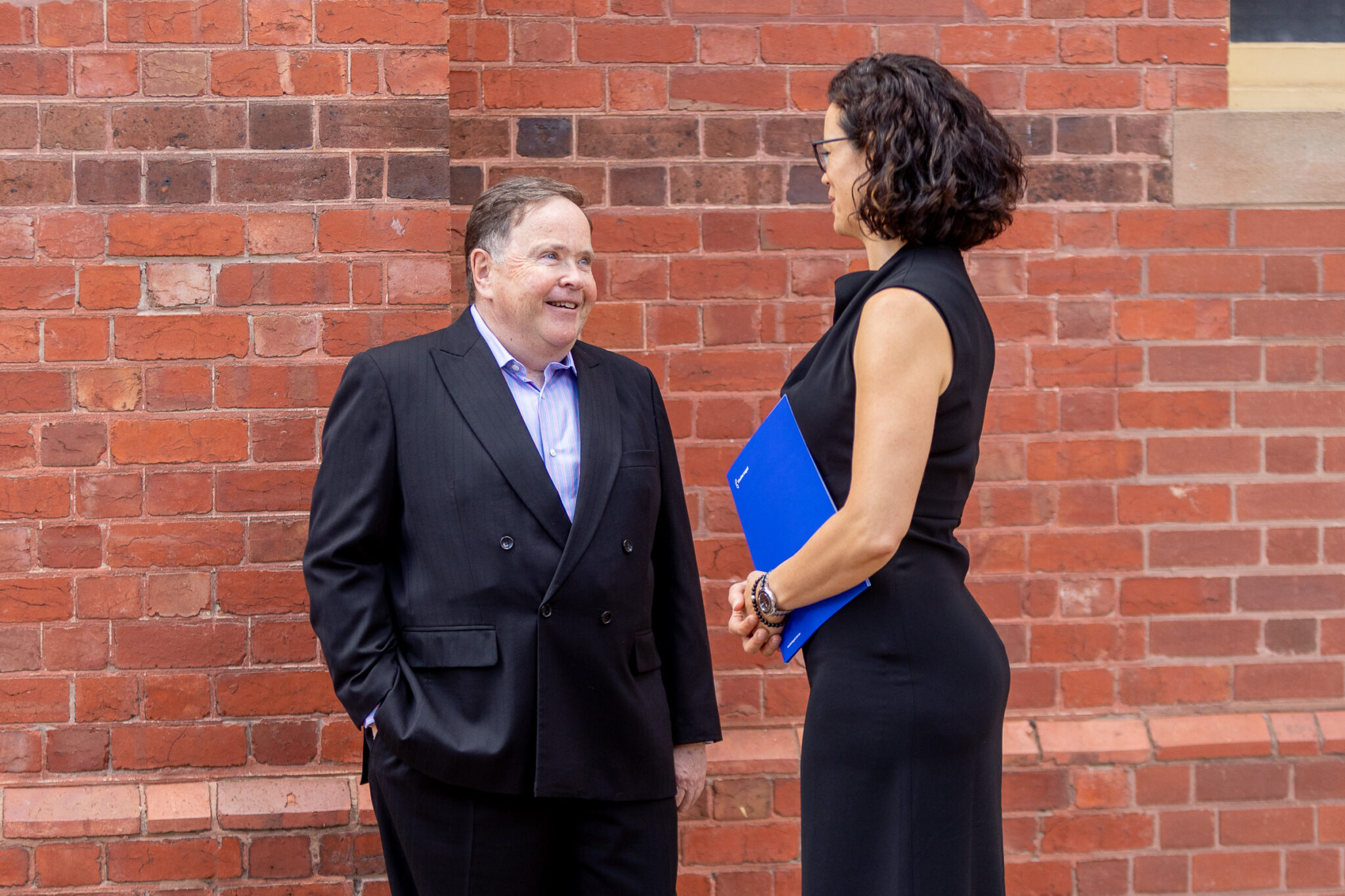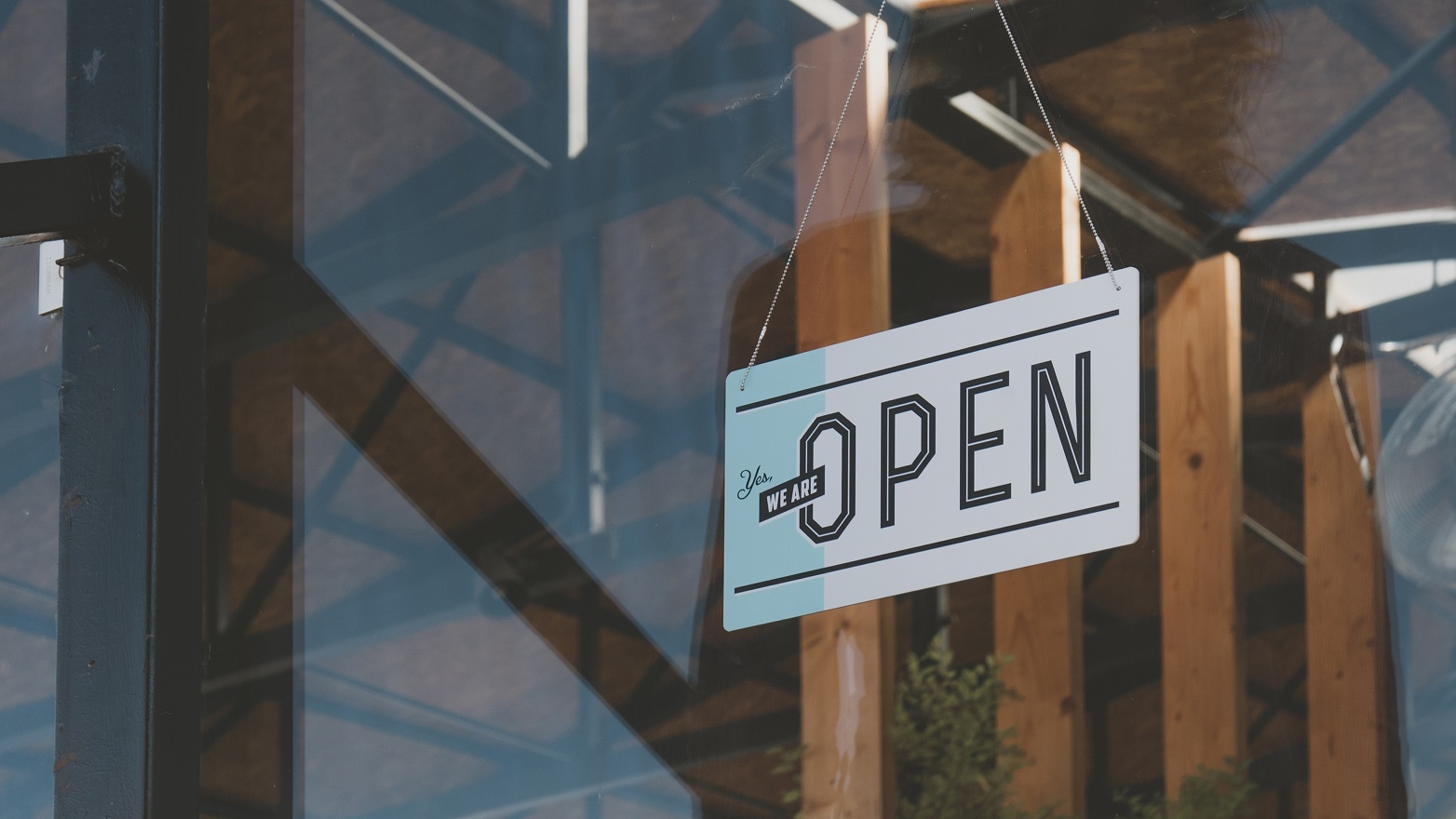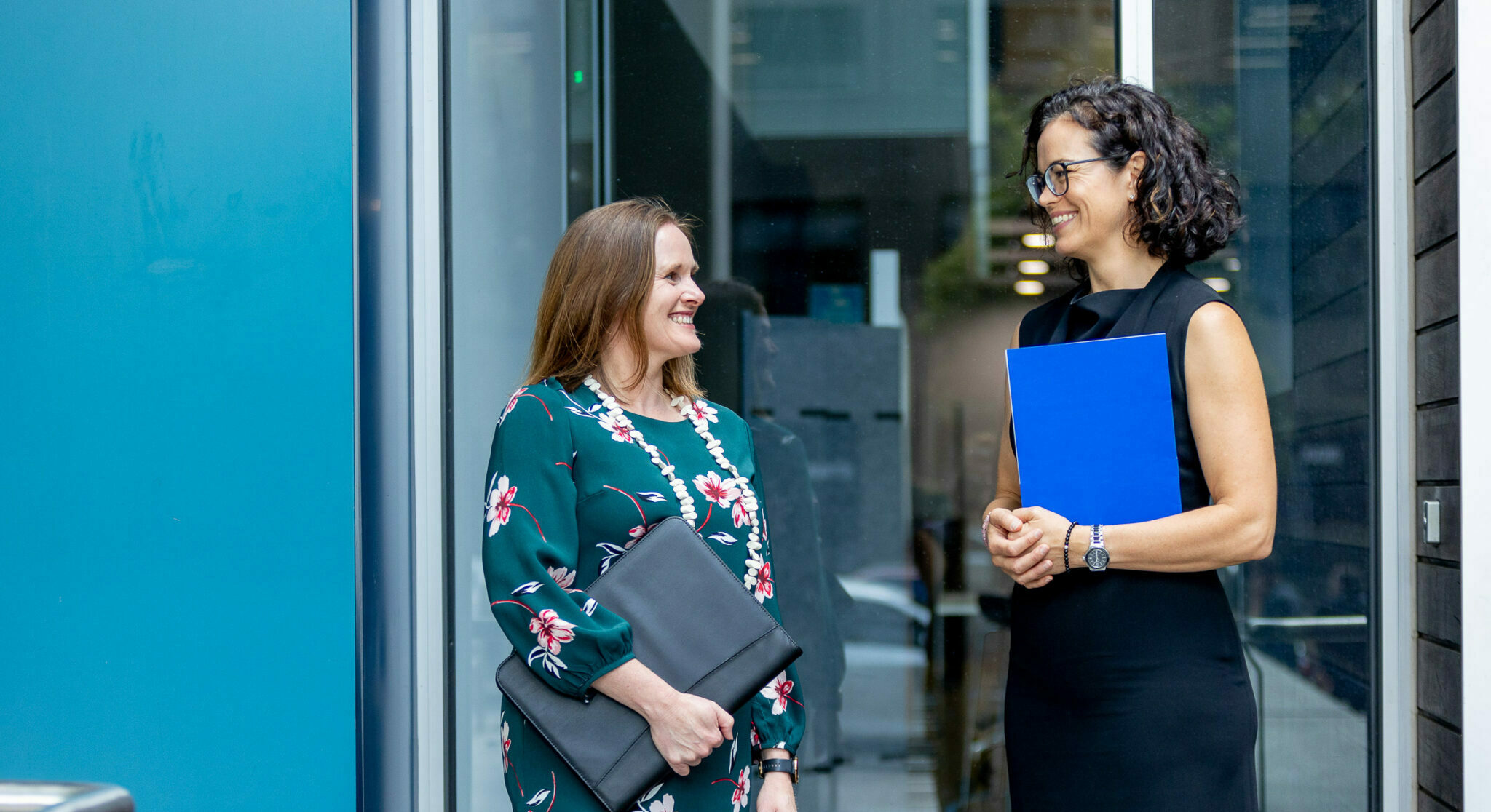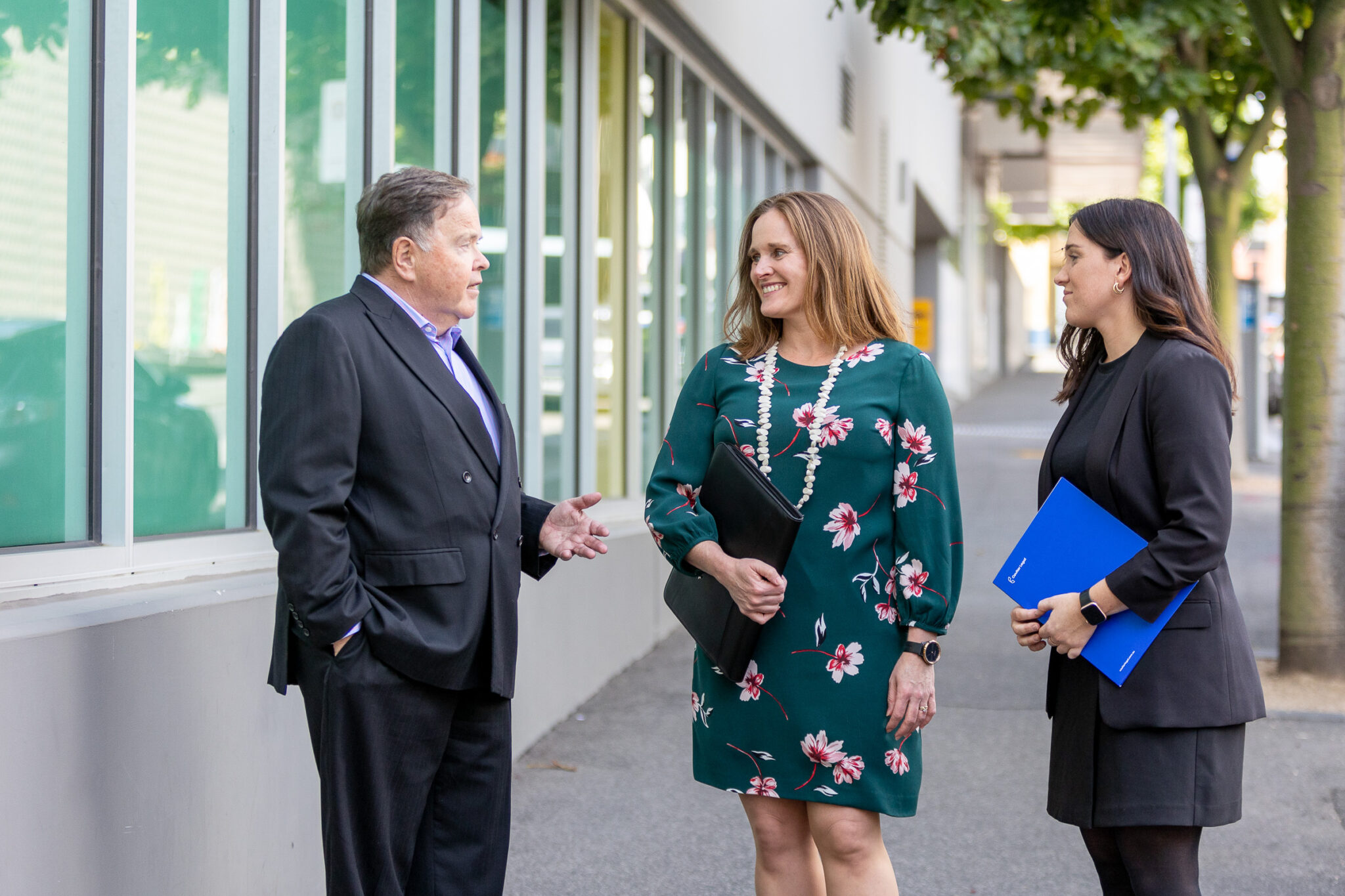So you have registered your trade mark, great news! Here we set out some important issues you should consider to optimise your registration.
From the outset, you should ensure you actually use your trade mark. This is on the basis that trade mark registrations may become vulnerable to removal from the trademarks register, on the basis that they are not in use, known as ‘non-use’ under section 92 of the Trade Marks Act 1995 (Cth) (the Act) (Non-Use Application).
What are the grounds for removal?
There are two primary reasons for which a Non-Use Application may be successful:
1. Trade marks may become open to a Non-Use Application if a trade mark has not been used and has been registered for a continuous period of three (3) years ending one (1) month before the date the Non-Use Application has been lodged (Non-Use Period). Depending on when your trade mark was filed, it may become vulnerable to a non-use at different times:
(a) For trade marks filed after 24 February 2019, they will become vulnerable after three (3) years from the filing date.
(b) For trade marks filed before 24 February 2019, they will become vulnerable to a non-use action after five (5) years form the filing date.
(collectively the Vulnerable Period)
2. On the day the trade mark application was filed the owner had no intention in good faith to use the trade mark, or authorise use of the trade mark.
A Non-Use Application can be against all or some of the goods and services in which your trade mark is registered.
Why would someone do this?
There are a number of reasons why a third party may wish to remove your trade mark from the Trade Marks Register, including:
1. if your trade mark has been cited by IP Australia against the third party’s pending trade mark application, your trade mark is within the Vulnerable Period, and the third party cannot locate any use of your trade mark.
2. if you have opposed registration of a third party trade mark on the basis that it is too similar to your registered trade mark, they may counter-file a non-use removal action to encourage negotiations for settlement or improve their position in the trade mark opposition.
What can I do to protect my trade mark from removal?
Depending on who is the registered owner of the trade mark, may influence how best to protect the registrations from a Non-Use Application:
1. If the owner of the trade mark is also the user of the trade mark, then the best defence is using the trade mark in relation to the goods and services to which it is registered, and documenting your use of the trade mark in relation to those particular goods and services.
2. If your trade mark/s are held in the name of a holding company, it is important to enter into an intellectual property licence between the trade mark owner (holding company) and your trading entity. However, having a licence agreement alone is not sufficient to protect your trade mark registration from a Non-Use Application. In addition to the licence, you must be able to demonstrate that the holding company:
(a) created the trade mark and is therefore the rightful owner of the trade mark with the ability to authorise other users by way of a licence;
(b) exert control over the use of the trade mark, whether it records quality control of products in which the trade mark is applied to or otherwise.
Another strategy to mitigate any risk to your trade mark registration may be to review the goods and services for which your trade mark is registered (or applied for, if you are thinking ahead). The use of your trade mark registration is less likely to be challenged if you are using, or intend to use, the trade mark in relation to all the goods and services for which it is registered or applied for.
What happens if someone applies to remove my trade mark?
Most commonly, the Trade Mark Owner will be the one opposing a Non-Use Application. To help you understand the process, we have summarised the proceedings for the Trade Mark Owner (or Opponent) and the Removal Applicant below:
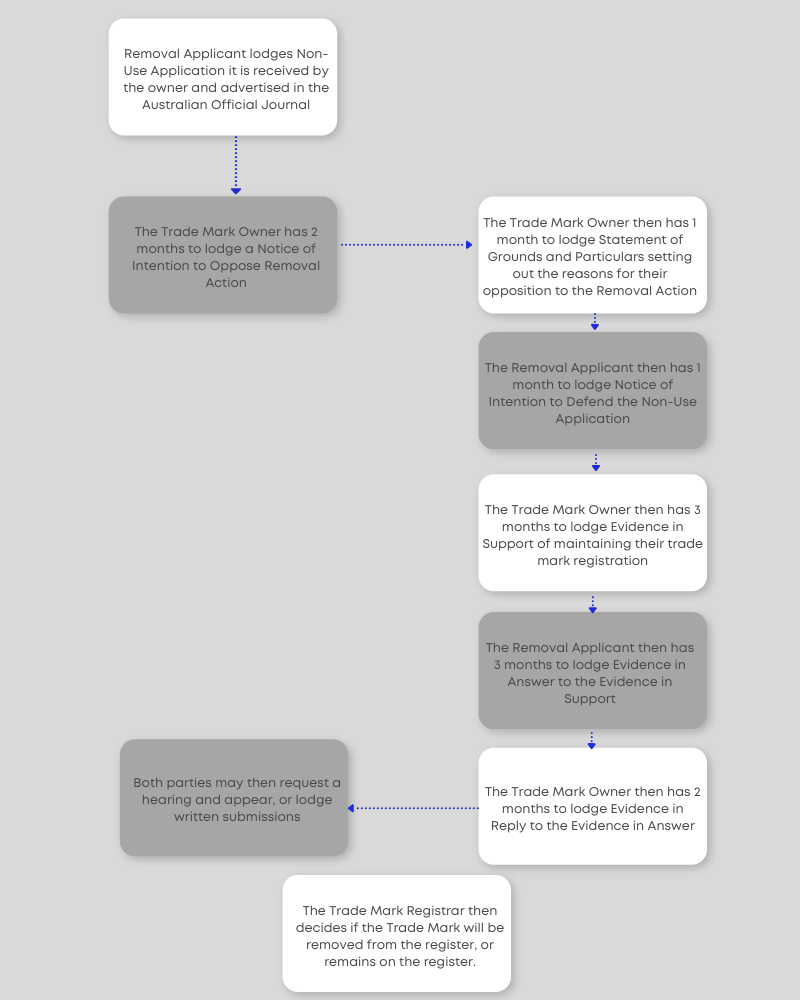
Of course, there are also extensions of time available at any stage of the above process, and the ability to ‘cool off’ proceedings to allow the parties to negotiate a settlement.
Summary
It can be difficult to determine whether your trademarks are adequately protected from a Non-Use Application, and even harder to navigate proceedings in the event your trade mark is challenged. We encourage you to seek legal advice to assess, navigate and mitigate any risks to your trade mark registrations.






